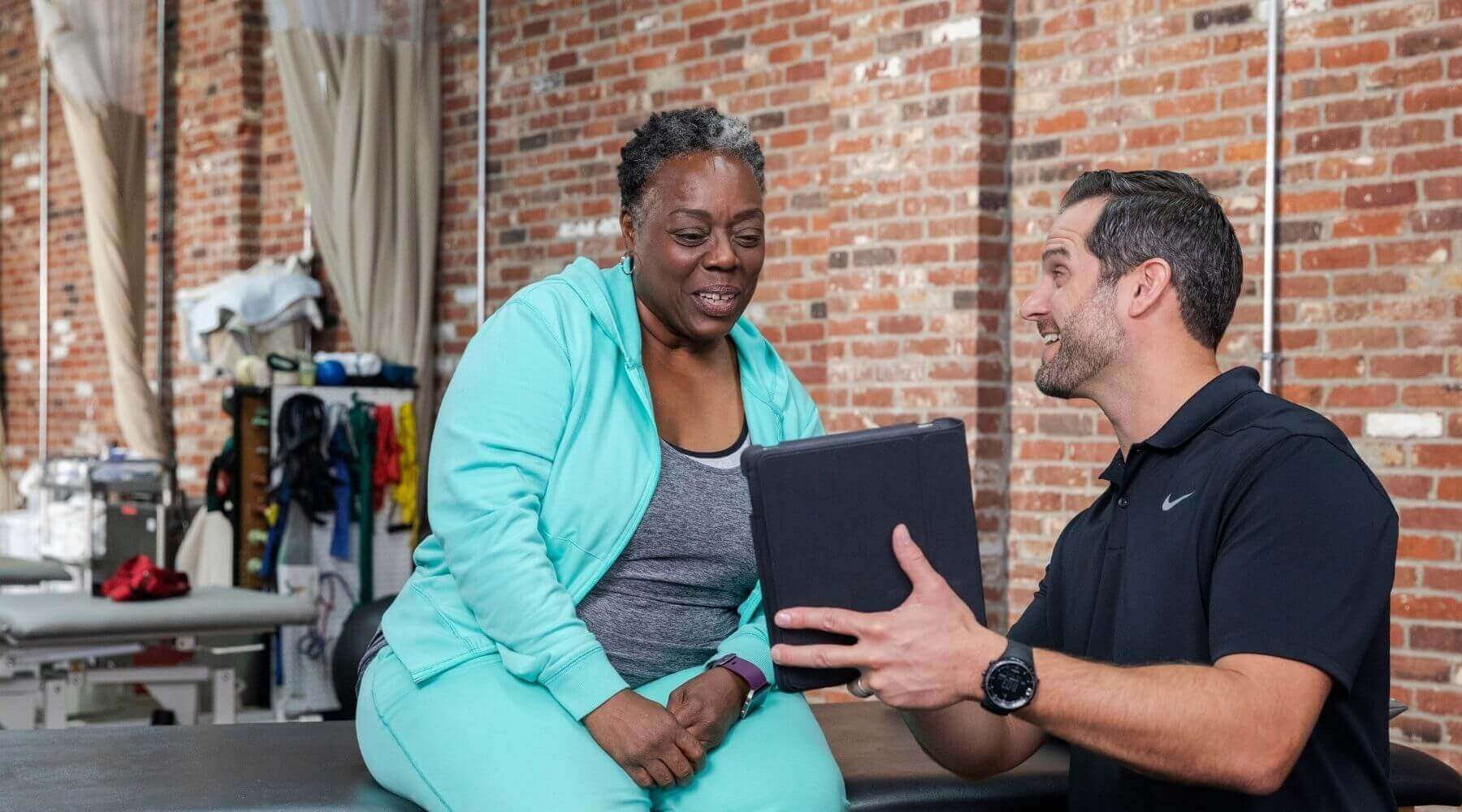Bell’s Palsy
Bell’s palsy, also known as idiopathic facial palsy, is a form of temporary facial paralysis or weakness of the face.
Usually it affects one side of the face, but in some cases it can affect both sides. Bell’s palsy is typically the result of swelling and inflammation of the nerve that controls the muscles on one side of your face, which can occur after a viral infection. Symptoms generally resolve on their own within a few weeks but can also become permanent without proper treatment.
Our therapists are trained to evaluate your condition and provide a personalized Bell’s palsy treatment plan. Partnering together, we’ll help you regain the healthy movements that you need for facial expressions and function. This includes guiding you through special exercises that are designed to help you relearn facial movements based on your specific movement challenges.
Our bell’s palsy therapy treatment may be able to help if you’ve experienced:
- Inability to close one or both eyes completely
- Difficulty chewing and swallowing food
- Drooling
- Reduced ability to make tears
- Difficulty speaking
- Pain around the ears
- Ringing in the ears
- Decreased sensation of taste

